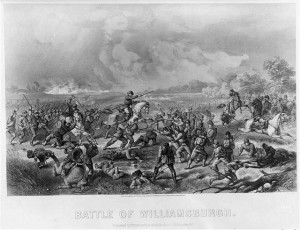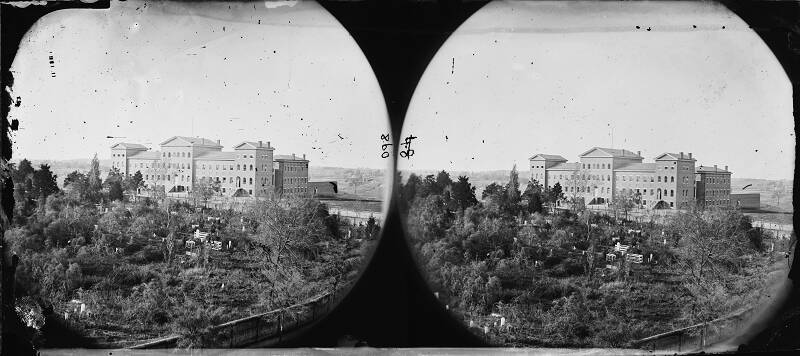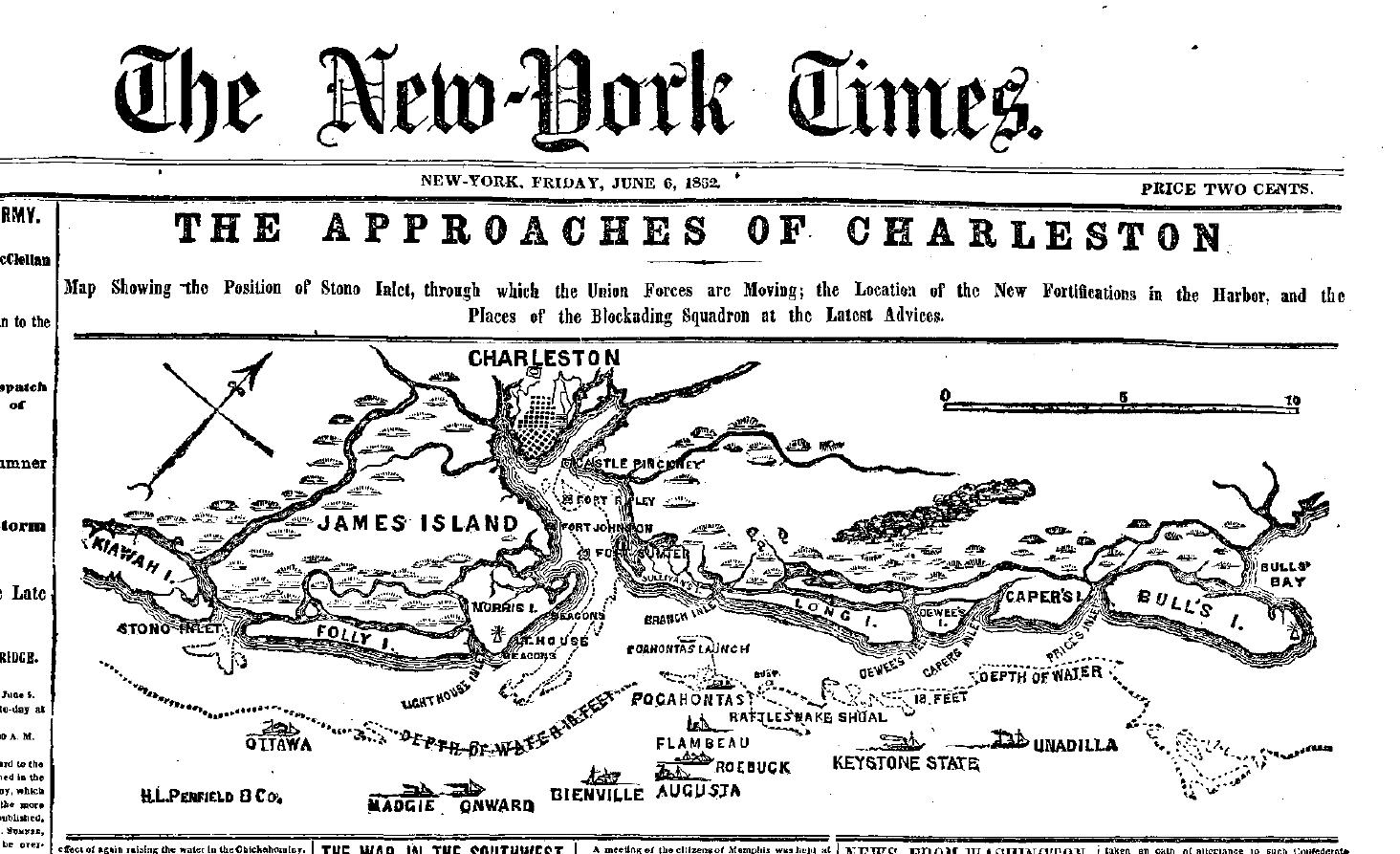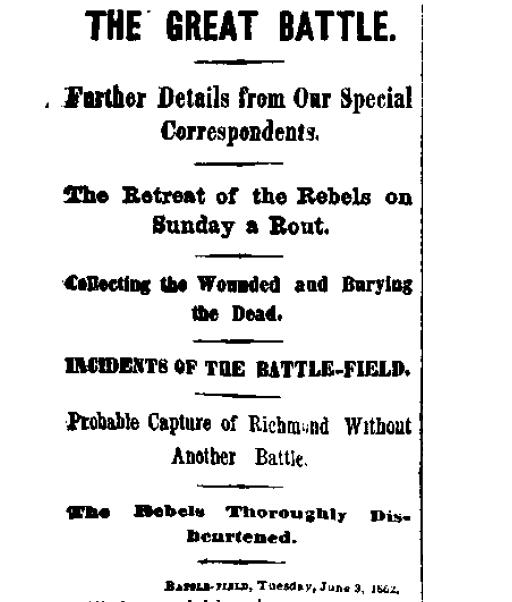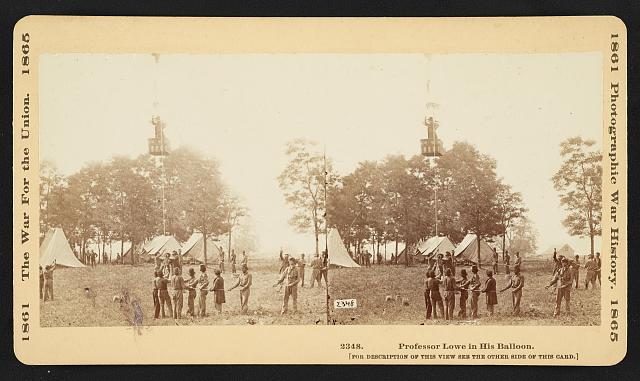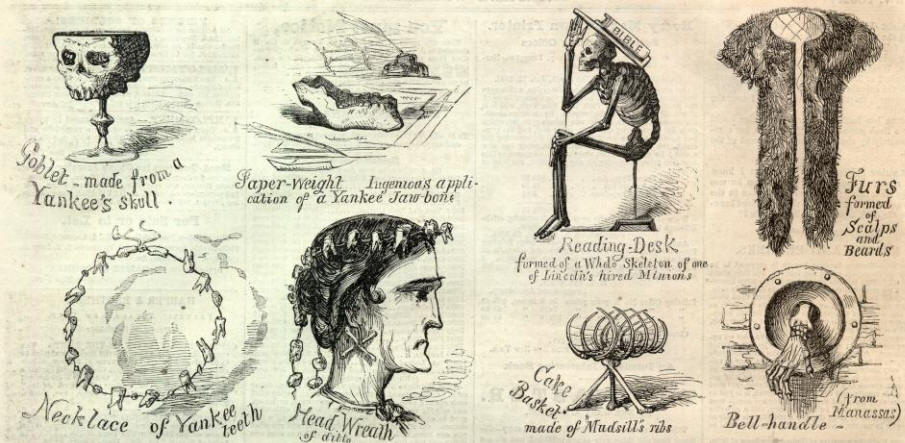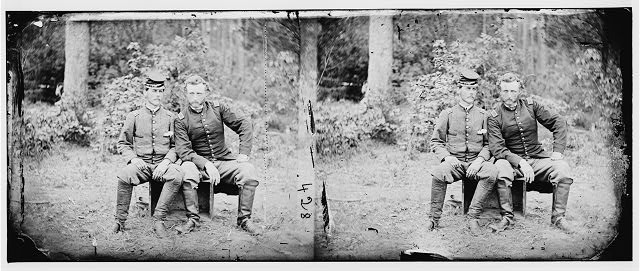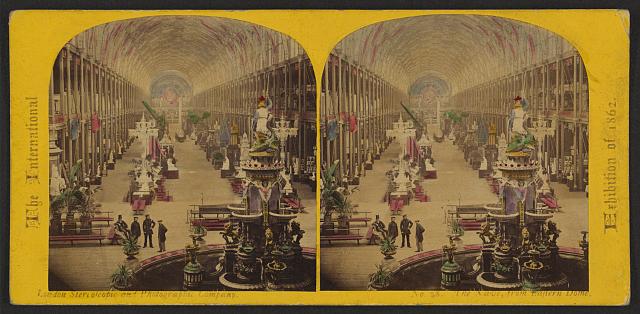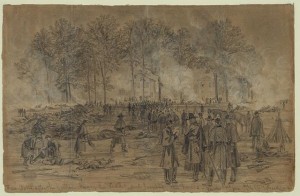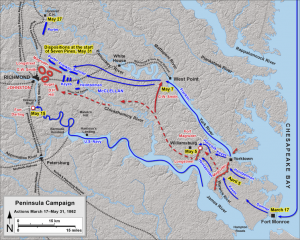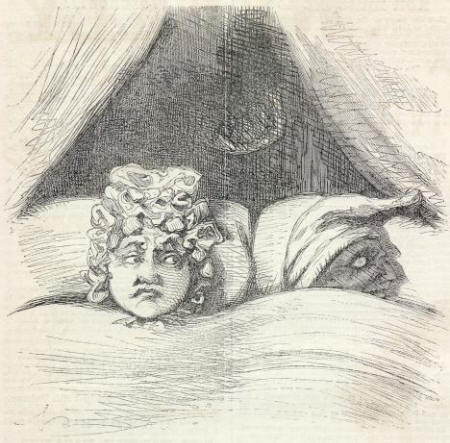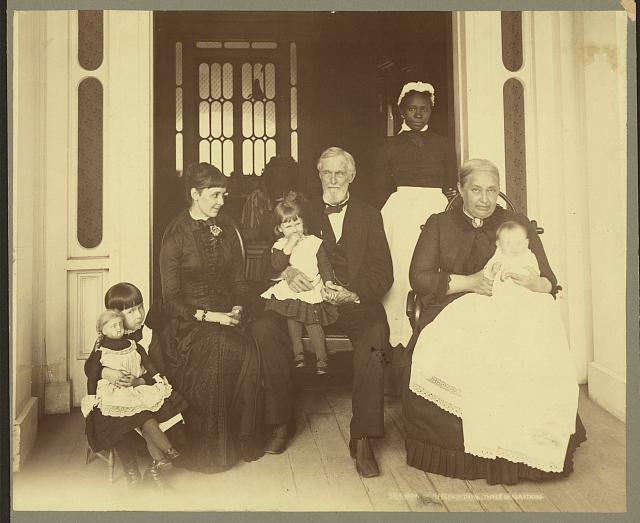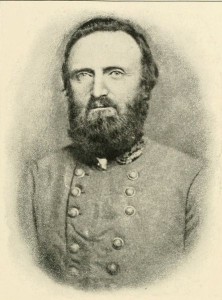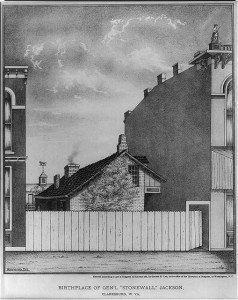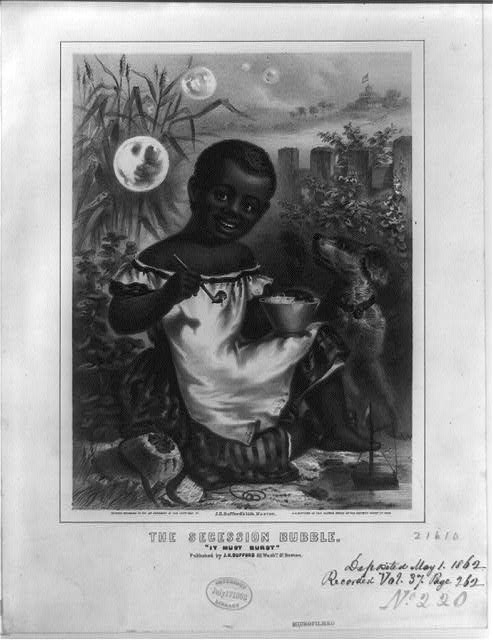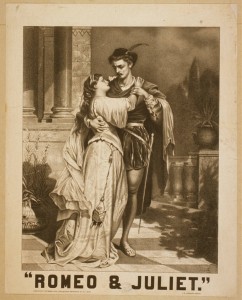
Resuming Monday in Richmond
In early June 1862 Richmond was hard pressed by the huge Union army a few miles to the north, but despite the “general gloom” there was still some entertainment advertised. From the Richmond Daily Dispatch Saturday, June 7, 1862:
The Varieties.
–We learn that this place of amusement will be reopened on Monday evening. An impression has got out that Franklin Hall, now the Varieties, had been taken for a hospital. Such is not the fact, as the building was found unsuited for such a purpose when inspected. Out of respect to the dying and wounded soldiers, and the general gloom which pervades our city, there has been no performance during this week — a fact which speaks loudly for the humanity of those in charge. “Romeo and Juliet” will be played Monday night.
Although New York City wasn’t threatened by rebel hordes, the Times was, of course, dominated by war news 150 years ago today, but there were also articles about a regatta at the Yacht Club and horse-racing. Base ball was still being played.
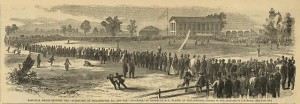
At Philly in October 1865
From The New-York Times June 7, 1862:
Base Ball Philadelphia vs. Brooklyn.
The Philadelphia base ball players played their second game Thursday afternoon, at Bedford, L.I., their competitors being a nine selected from the following clubs of the Western District, viz; Enterprise, Atlantic, Excelsior and Exercise.
The game was won handsomely by the Brooklyn nine, who, one and all, played their respective positions in a splendid manner. The Philadelphians also played in good style, some of their positions being extremely well filled, of which we would name ANSPACH, who fielded and batted finely; the bases were well attended to by MOORE, JOHNSTON and PAUL; their pitcher, catcher, and short-stop elicited praise for good general playing.
By far the largest assemblage which has gathered upon any base ball ground during this season, were spectators of this game, including an unusual proportion of ladies. The best of feeling was exhibited, and the Philadelphians were treated to frequent and enthusiastic applause. At the conclusion of the game a generous entertainment was provided for them at Wild’s Hotel. To-day they play a nine selected from the Eckford, Putnam and Constellation clubs, on the new Union grounds, Brooklyn:
PHILADELPHIA. BROOKLYN.
Players. Out. Runs. Players. Out. Runs.
Johnston, 3d b…….5 0 Chapman, c…….4 3
Bomeisler, c……….4 1 Morris, r. f………..2 5
Paul, 2d b…………2 1 Creighton, p……….2 4
Wilkins, s. s……….4 1 Peter O’Brien, l. f…3 4
Anspach, c. f………1 3 Crane, 2d b………..4 3
Moore, 1st b………..2 2 Smith, 3d b……….3 4
Corosdale, r. f……..3 1 Calpin, c. f………..0 3
Lowery, l. f……….2 1 Flanby, s. s………..5 1
Pratt, p……………4 0 Massey, 1st b………4 0
Total……………….10 Total………………27
SCORER — For Philadelphia, C.K. Shantz.
SCORER — For Brooklyn, C. Morris.
UMPIRE — Masten, of the Putnam Club.

1865 view of Union Baseball Grounds: where there's a fence, there's a fee
The second game with Brooklyn was played yesterday afternoon, on the new Union Base Ball grounds, in Williamsburgh. The Brooklynites were selected from the Eckford, Putnam and Constellation clubs — organizations which are well known to fame for their first-class players. The game was won by Brooklyn, whose score was 23 to Philadelphia’s 16 runs.
A large number of spectators were in attendance, comprising the representatives of our New-York and Brooklyn clubs, as well as members of the fraternity from Boston, Philadelphia, Albany, Troy and many other places. The game excited especial interest in Brooklyn, whose residents rallied in scores to enjoy it.
Of the Philadelphians, it is superfluous to make any further particular comment, as in the several games which they have played while with us, they have shown themselves to be good and experienced players; some of their positions, such as pitcher and catcher, for instance, are especially well filled.
The Philadelphians express themselves as having experienced an extremely “good time” during the past six days. They will return to Philadelphia to-day. We append the score of yesterday’s game:
PHILADELPHIA. BROOKLYN.
Out. Runs Out. Runs.
Paul, 2d b………..4 1 Burr, e. f…………2 4
C. Bomeisler, 3d b..4 2 Reach, s. s……….2 5
Hayhurst, c. f…….5 0 Smith, 2d b………3 3
Pratt, s. s………..2 2 Mills, p…………..3 2
Anspack, 1st b…….4 2 Masten, 3d b……..4 3
T. Bomeisler, c……0 5 Rodgers, 1. f……..3 1
Croasdale, p………2 3 Bliss, 1st b……….3 1
Loughery, l. f……3 1 Beach, c………….3 3
Moore, r. f……….3 0 Thomas, r. f………4 1
16 23
RUNS IN PACH INNINGS.
1st 2d 3d 4th 5th 6th 7th 8th 9th
Philadelphia……0 3 4 0 1 2 2 4 0
Brooklyn………4 3 1 3 2 7 2 1 0
Scorer Philadelphia, C.R. Shantz.
Scorer for Brooklyn, D.J. McAuslan.
Umpire, John Grum, of the Eckford.
Baseball Library mentions the opening of the Brooklyn Union Grounds and the two all-star games reported in the Times.

1865 Champions

